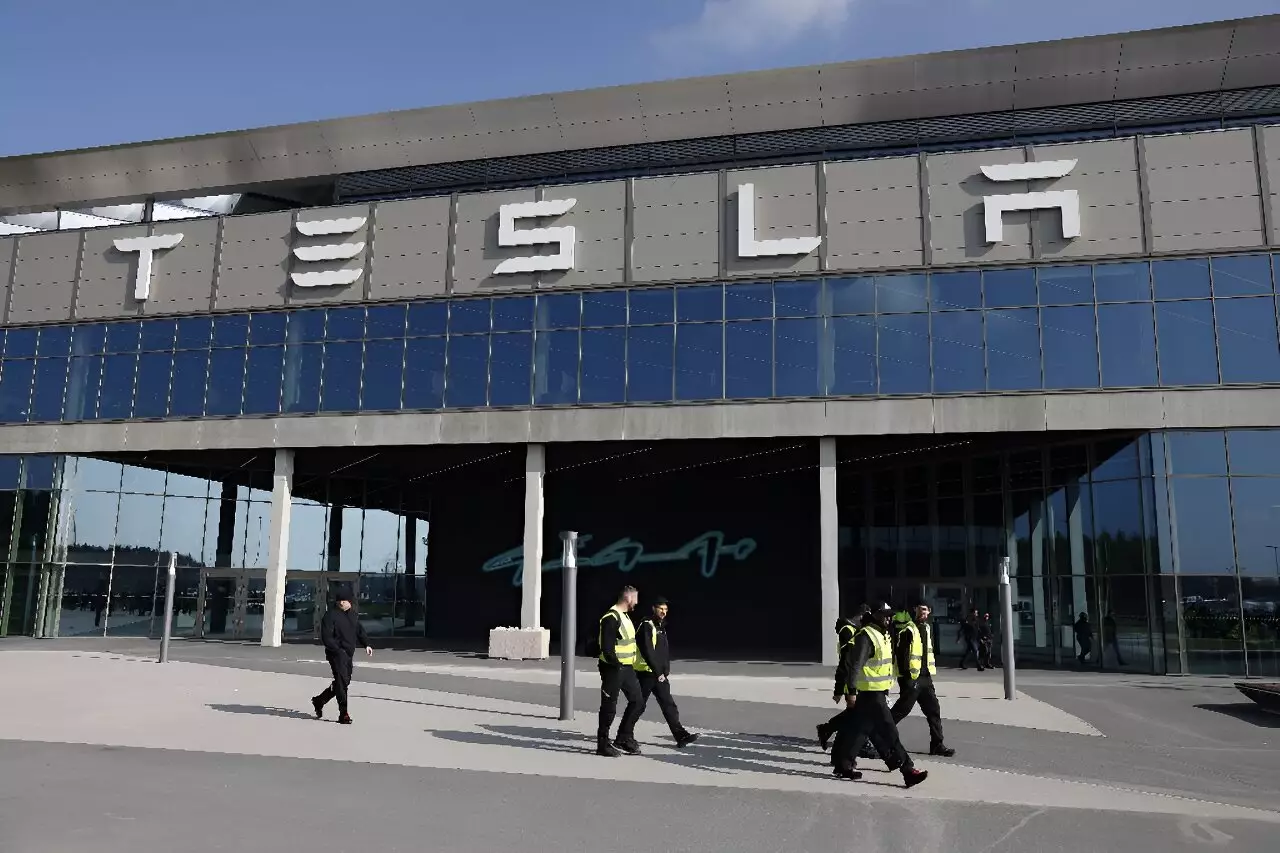Tesla reported a sharp decline in first-quarter auto sales, with global deliveries down 8.5 percent compared to the previous period. The company attributed this decrease to weak sales in China and the impact of an arson attack on power lines in Germany. Tesla also mentioned production disruptions due to the Red Sea conflict and an updated Model 3 ramp-up at its California factory as contributing factors to the drop in sales.
Analysts Predictions Versus Reality
Analysts had anticipated a six percent increase in overall sales for the quarter, driven by a strong US labor market and improved supply chain conditions. However, Tesla’s disappointing performance indicates a potential slowdown in demand for its vehicles, as competitors, especially in China, may have cut prices to attract customers. This situation has raised concerns about Tesla’s ability to maintain its high market share in the face of increasing competition.
In contrast to Tesla’s struggles, legacy players like General Motors and Toyota saw positive outcomes in the first quarter. While GM reported a slight dip in sales, it highlighted strong customer demand and incentives below the industry average. Toyota, on the other hand, experienced a significant 20.3 percent increase in US auto sales, thanks to improved inventory levels. The success of these companies reflects a more stable market environment and a better ability to meet consumer demand compared to Tesla.
The EV market landscape is evolving rapidly, with new players like BYD in China challenging Tesla’s dominance. As Tesla cuts production in response to increased competition, other automakers are ramping up their EV offerings. GM’s Equinox EV, targeted at middle- and working-class consumers, is seen as a test of mainstream US demand for electric vehicles. With a starting price of $43,295 and a federal tax credit of $7,500, the Equinox aims to capture a wider audience at a more competitive price point than other EV models on the market.
Market Trends and Consumer Behavior
Despite the mixed macroeconomic environment, consumer spending on vehicles is not showing strong positive trends. Factors such as potential interest rate cuts by the US Federal Reserve may influence purchasing decisions. This uncertainty could impact the auto industry’s outlook for the near future, as consumers weigh their options and consider the financial implications of buying a new vehicle.
Tesla’s disappointing first-quarter performance highlights the challenges faced by the company in a rapidly changing auto market. Legacy players like GM and Toyota have managed to navigate these challenges more effectively, benefiting from improved inventory and strong customer demand. The EV market is evolving, with new models and competitors entering the scene, posing a threat to Tesla’s market position. As consumer behavior and market trends continue to shift, automakers will need to adapt and innovate to stay competitive in the evolving landscape of the auto industry.


Leave a Reply